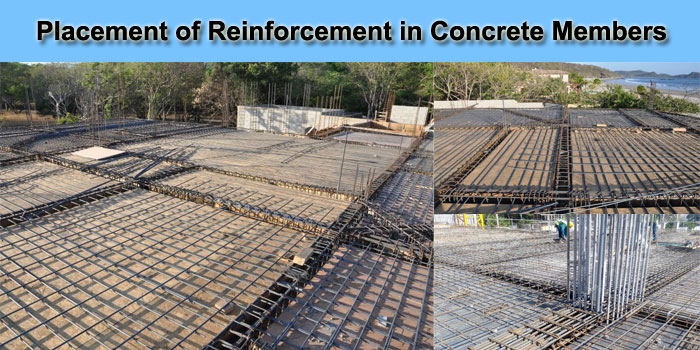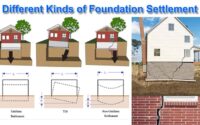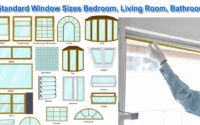How to Place Reinforcement in Concrete Members | Reinforcement Placement in Concrete Members
The placement of reinforcement in concrete members should follow the applicable code and design requirements. It needs to be ensured that concreting and consolidation processes of concrete are properly executed. Learn top and bottom reinforcement in slab tips.
Tips for Placement of Reinforcements in Concrete Members
Site engineers are supposed to monitor the steel bar installation in order to maintain the designated spacing between steel bars, placing of reinforcement bars, creating room for concrete placement in congested members, also confirming the provision of concrete cover which protects steel bars from fire, aggressive environment, and buckling under the specific condition of compressive loads. Learn how to place rebar in the concrete walls.
Some instructions are provided for rebar placement in concrete slab:
a) Proper examining by site engineers for clearance at stirrups and column ties projecting beyond other reinforcement.
b) A clear cover between the slab top and the top of the reinforcement must be maintained.
c) In the case of double mat reinforcement, alignment of steel bars vertically above each other in horizontal directions is advisable to facilitate concrete pouring and consolidation.
d) Openings are provided in the top mat reinforcement for placement of fresh concrete and prevention of scattering and concrete segregation.
e) In the case of extremely congested reinforcement, an opening is created by moving congested steel bars to each side, making way for concrete placement.
f) The nominal coarse aggregate size in the concrete mixture should not be greater than three-quarters of the spacing of the bars which ensures the flow of concrete through steel bars and avoid honeycombing.
g) The head of vibrators should fit between steel bars to combine sufficient concrete.
h) Stagger bar joins to simplify the placement of concrete.
i) The splice of column ties should be ensured to stagger around the column corners.
j) After welding splices, it needs to be made sure that the weld is of the required size and length.
k) The use of tack welding is prohibited as it weakens the bars at the location of the tack.
l) Splicing sleeves are usually used for large bars.
m) Mechanical splices should have the approval of the designer otherwise it is not allowed to use.
n) Anchor steel bars if required, should be used by bending it around another bar, spreading it to the point of zero stress, or by flexing to 90 degrees or semi-circular hook of least radius.






